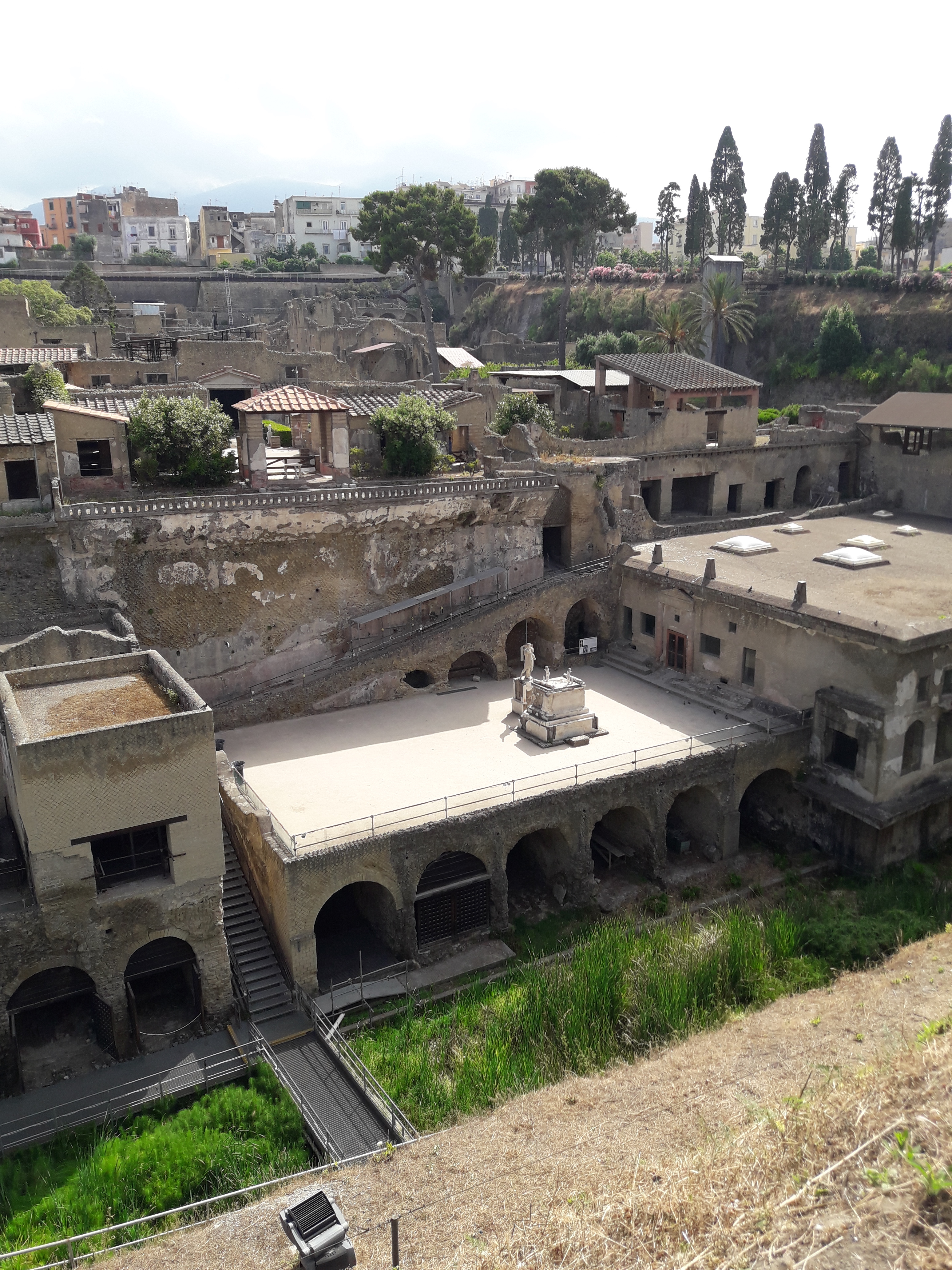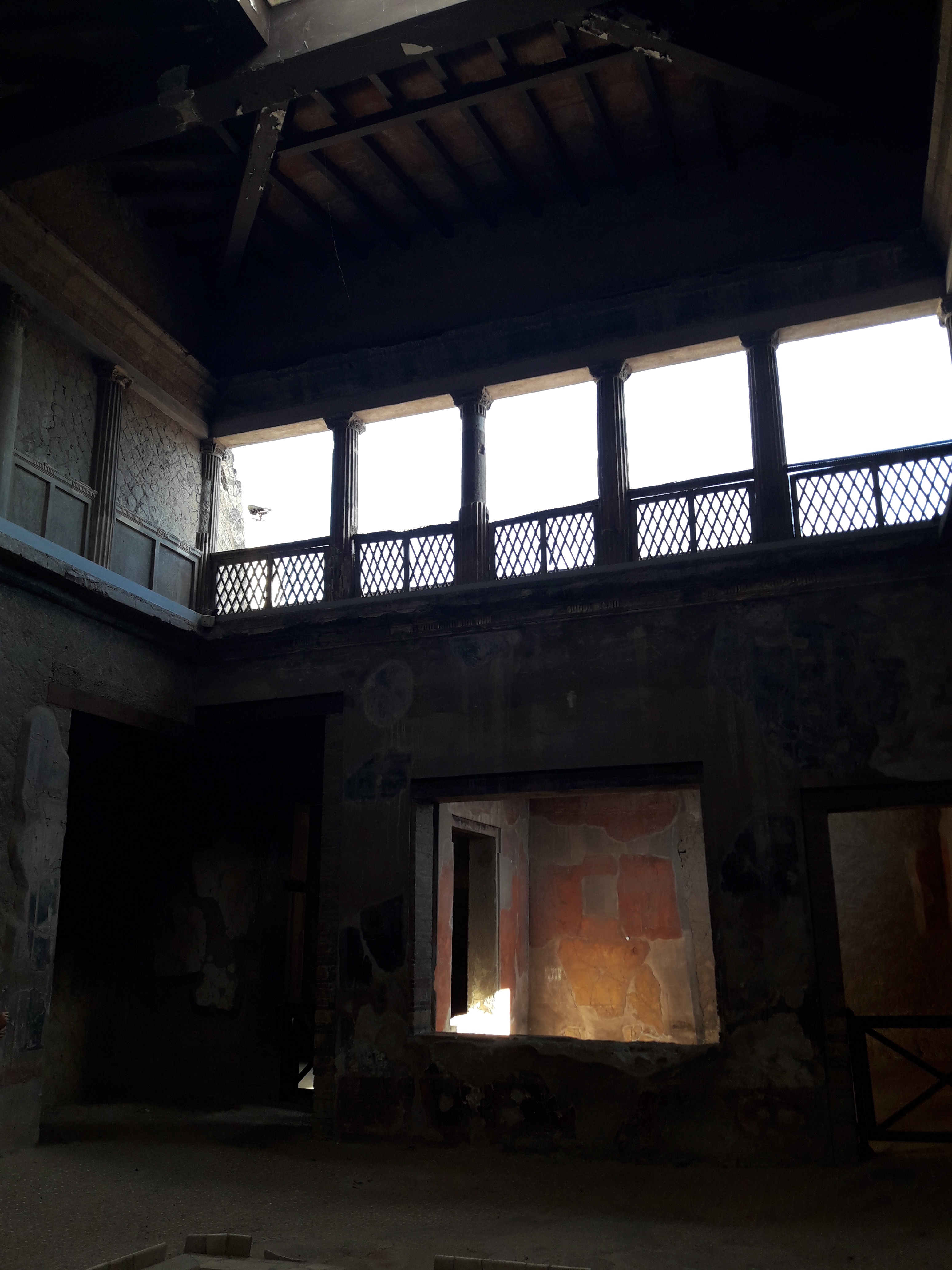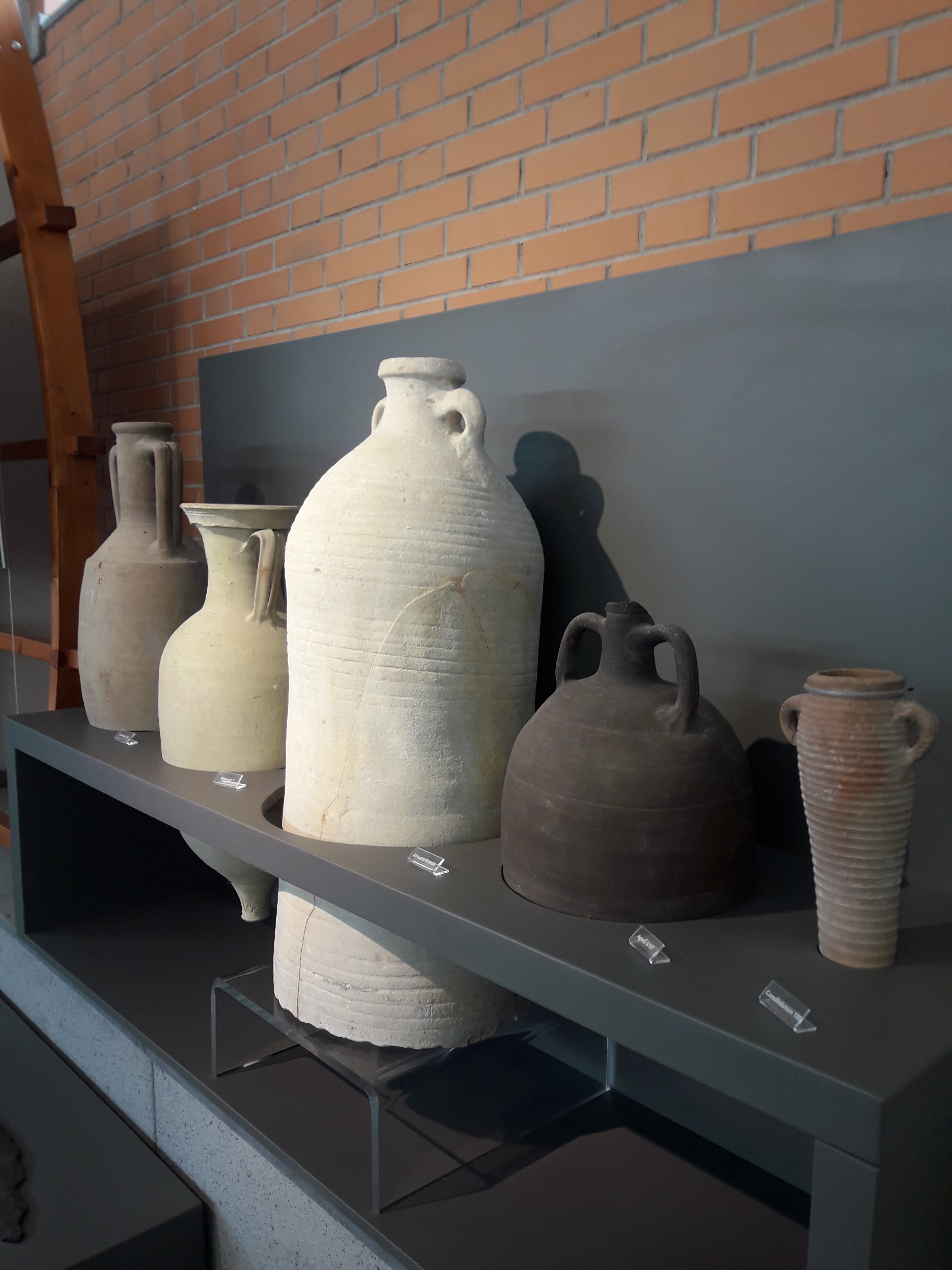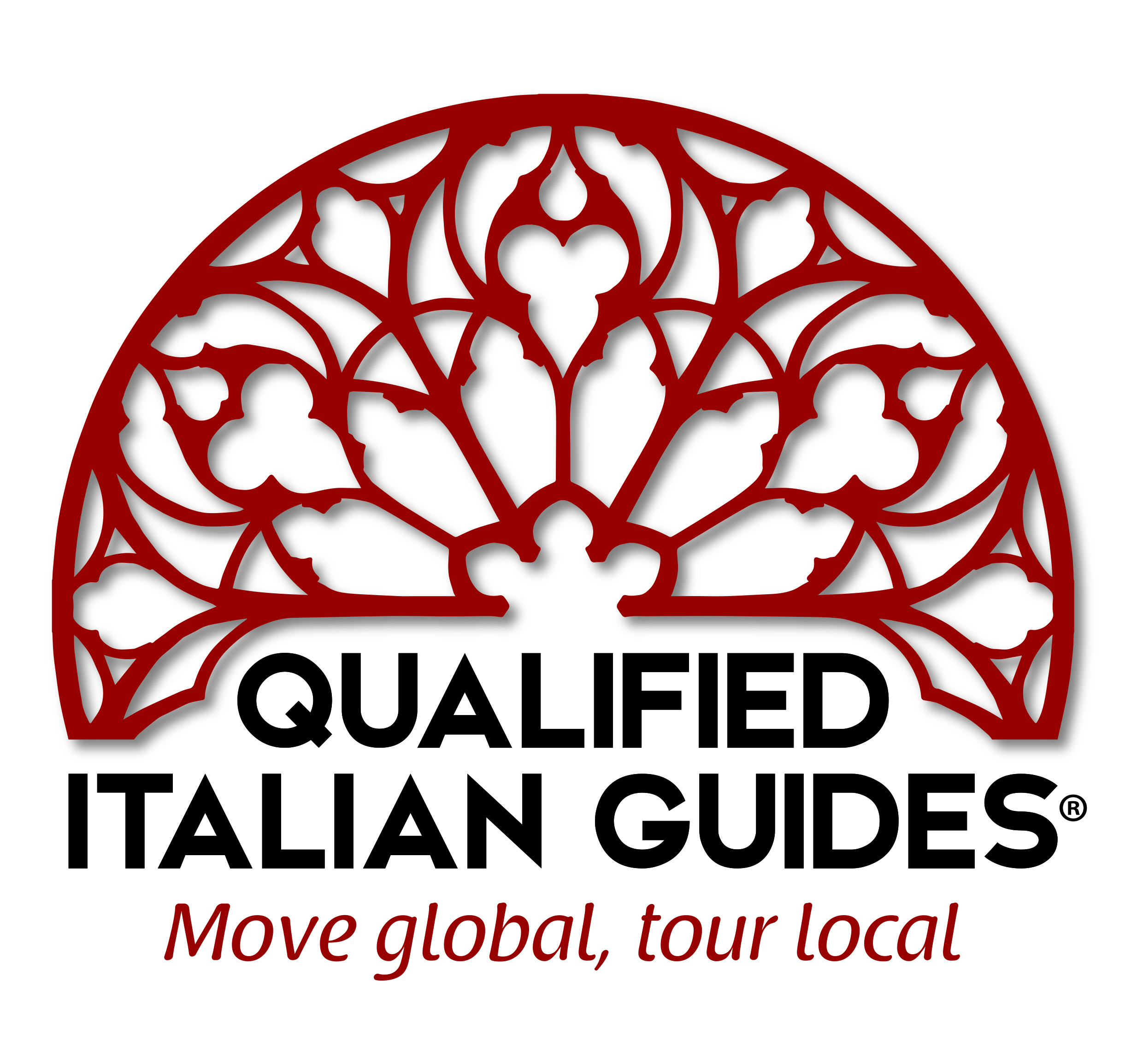HERCULANEUM

 The modern city of Ercolano
(ancient Herculaneum, then Resina) lies on the slopes of Mount Vesuvius and its large
territory reaches the top of the volcano. It currently has a
population of about 55,000 residents without considering the
thousands of its citizens who emigrated elsewhere.
The modern city of Ercolano
(ancient Herculaneum, then Resina) lies on the slopes of Mount Vesuvius and its large
territory reaches the top of the volcano. It currently has a
population of about 55,000 residents without considering the
thousands of its citizens who emigrated elsewhere.
This beautiful city was called Resina
up to 1969, and it has always distinguished itself as a holiday
resort for its healthy climate and for its location in the center
of the amazing Gulf of Naples.
Before the eruption of Mount Vesuvius in 79 A.D. Herculaneum was a delightful, rich
and attractive city. It was considered the ideal place for rich
patrician families that here spent their time in a very pleasant
environment.
Scholars do not all agree with the date of foundation of ancient Herculaneum: some believe it
dates back only to the fourth century BC, some others believe it
was founded by the Oscan people around the eighth century BC.
The ancient city of Herculaneum,
which surely flourished under the Greek influence of the nearby
town of Neapolis, became a Roman municipium in the year 89 BC.
The catastrophic eruption of the volcano, in the year 79
AD., buried it completely under a thick layer of pyroclastic
material, known as surge, and put an end to its splendor.
Another city called Resina
was built above ancient Herculaneum
soon after the eruption, during the first years of the second
century AD.
The buried city remained sealed under 25 meters of vulcanic
material until 1709 when a worker digging a well fell, by chance,
into an empty environment, which turned out to be the ancient
theater of Herculaneum. This
event laid the foundations for the rediscovery of this fabulous
ancient city.
 The systematic excavations
of Herculaneum began in 1738,
by order of the King of Naples, Charles III of Bourbon. The
unearthing of the buried city brought glory and honor to the
modern town of Resina.
The systematic excavations
of Herculaneum began in 1738,
by order of the King of Naples, Charles III of Bourbon. The
unearthing of the buried city brought glory and honor to the
modern town of Resina.
Thanks to the excavations of the ancient town, Resina became soon a favorite
destination also for scholars and artists who began to flock from
all over Europe. The city immediately became one of the
destinations of the famous Grand Tour, the journey
undertaken by the young intellectuals of the European aristocracy.
Soon after the rediscovery of the ancient city, the Royal Palace
of Portici was built nearby the ruins of
Herculaneum. The palace was used to host all the
archaeological findings which were brought to light during the
excavations. Later on, a surprising number of beautiful villas,
currently known as The Ville Vesuviane, flagships of the
current city, were located along the so-called "Golden Mile".
In the nineteenth century the city of Resina
became famous all over the world for the so-called "School of
Resina", a pictorial current that saw several artists try
their hand at the elaboration of beautiful paintings describing
the typical Vesuvian landscapes and the daily life of the Vesuvian
area.
Since 1997 the ancient center of Herculaneum has become a Unesco
World Heritage Site. The city, at present, is known as a tourist
destination for various attractions such as:
~ The archaeological
excavations of ancient Herculaneum
~ The modern MAV (Virtual Archaeological
Museum)
~ The Vesuvian villas of the
Golden
Mile
~ Villa
Maiuri, seat of the international center for
archaeological studies
~ Located throughout the city there are
numerous churches
~ The
second-hand market, one of the oldest in
Europe, held every day along the medieval streets of Resina
~ The oldest Volcanological Observatory in the
world
~ The Vesuvius
National Park
~ The Somma-Vesuvius
volcano
~ The Creator
Vesevo
For more information about other tours of
the Campania Region, please see above or
visit the following website http://mariasannino.com
For a guided
tour of Ercolano with a licensed tourist guide please
contact me at the following e-mail address: belsannino@gmail.com
© Dr Maria Sannino 2000 - 2024



 The modern city of Ercolano
(ancient Herculaneum, then Resina) lies on the slopes of Mount Vesuvius and its large
territory reaches the top of the volcano. It currently has a
population of about 55,000 residents without considering the
thousands of its citizens who emigrated elsewhere.
The modern city of Ercolano
(ancient Herculaneum, then Resina) lies on the slopes of Mount Vesuvius and its large
territory reaches the top of the volcano. It currently has a
population of about 55,000 residents without considering the
thousands of its citizens who emigrated elsewhere.  The systematic excavations
of Herculaneum began in 1738,
by order of the King of Naples, Charles III of Bourbon. The
unearthing of the buried city brought glory and honor to the
modern town of Resina.
The systematic excavations
of Herculaneum began in 1738,
by order of the King of Naples, Charles III of Bourbon. The
unearthing of the buried city brought glory and honor to the
modern town of Resina.